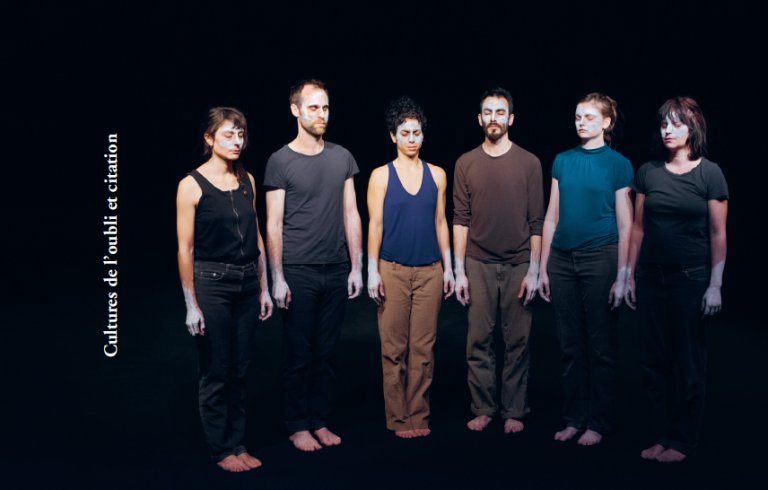The first volume of Isabelle Launay’s Danses d’après focused on the vitality of traditions and the reviving of choreographic repertories. In this second volume, she highlights the effects of rupture, and even oblivion, in the transmission of modern works. What happens when discontinuity is programmed by a desire for a clean slate among certain choreographers? What occurs when others, later on, discover a dance from the past, normally speaking situated very far from their field of references, but which delights their imagination to such a degree that they want to do something with it? Reviving then becomes a short circuit in time which “lights the explosive mesh buried in yesteryear” (Walter Benjamin). It also means offering an unsuspected contemporary future for these older dances. If it is usual to celebrate the disappearance of a so-called ephemeral art, Isabelle Launay see things differently: what if discontinuity were an opportunity for the memory of dance works?
In this erudite journey, with its mixture of historical, anthropological and aesthetic approaches, she analyses the way in which Mary Wigman, Valeska Gert, Josephine Baker and Rudolf Laban, as figures of dance modernity, thought through a discontinuous and intermittent memory of gestures. She also shows how contemporary artists have adopted their dances, images and texts (Latifa Laâbissi, Mark Tompkins) or, more generally, have activated a work of citation in ways that are as multiple as they are diverse, between a vague memory and a vibrant homage, copies and reminiscences, literal or crumbled citations, or else random or assured reprises (Quatuor Knust, Jérôme Bel, Vera Mantero, Loïc Touzé). Whatever the case, these are all visible parts of the continuum of a tradition that the memory of pieces works on, not so much by transmission as by surprises, transfers, transactions and the disturbing power of citation.
